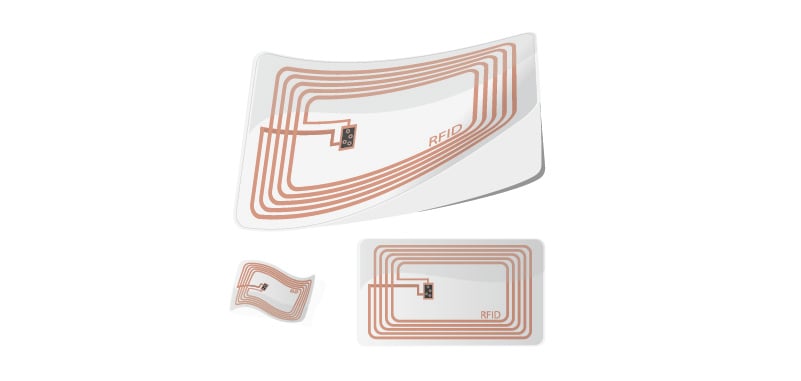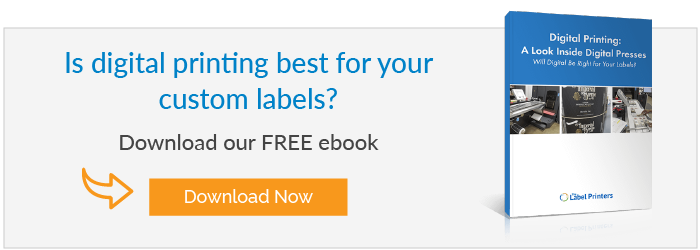
While browsing your favorite retailer’s website, you see a pair of boots you’d love to have. But your foot shape is tough to fit, so you prefer to buy in-store so you can try on a couple of sizes.
The thing is, you know from experience that brick-and-mortar stores do not always carry the same stock as their online equivalents. If only there was some way of knowing which stores stocked those boots.
Increasingly, there is a way. Omnichannel sales is becoming the norm in the retail world, offering consumers a seamless experience from store, to website, to mobile app. Consumers can order or reserve online and pick up their purchases in-store with absolute confidence their items will be available.
Radio-frequency identification (RFID) labels are making it happen.
What Are RFID Labels?
RFID labels (or RFID tags) are product labels embedded with tiny transponder chips. The chips contain data that can be read instantaneously, via electromagnetic fields, by RFID readers.
RFID labels can function similarly to barcodes. But the advantage of RFID technology is that it can be read in bulk and at a distance. RFID readers don’t need to “see” the labels to read them.
Brands use RFID to track and control their inventory and monitor their supply chains. But the technology opens up opportunities in retail, as well, particularly in how stores engage customers across channels.
Industry observers note that retail is one of the most active growth sectors for the burgeoning RFID industry. Label & Narrow Web reports that an estimated 8 billion RFID labels were used in the apparel industry alone in 2018.
How Are Retailers Using RFID?
The main draw of RFID is its ability to help retailers keep tabs on their inventory – from factory, to warehouse, to backroom, to store floor – down to the individual item. An RFID chip gives each product a unique identity that can be tracked from location to location and recorded in a centralized database.
Yoga apparel company Lululemon reports that an RFID system has brought its inventory accuracy to 98%. Department store Macy’s says its sales surged 200% after expanding RFID to its fashion departments. The retailer attributed the jump to fewer out-of-stocks and greater item availability.
You can see from the example at the beginning of this article how RFID tracking can help retailers and their customers. Among other things, retailers can share reliable information about product availability on their websites and apps, helping consumers decide between buying in-store and online.
RFID can give brick-and-mortar stores a leg up against purely online operations that can’t give their customers a convenient method for trying products before they buy.
Here are a few innovative ways modern retailers are using RFID labels to drive customer engagement and increase sales:
- Clothing stores are experimenting with “interactive fitting rooms,” which recognize products through RFID labels. Should a customer need a different size, style, or color, they can request it with the push of a button on a computerized mirror.
- Retailers are using RFID to give their customers the option of skipping the line and paying via mobile devices. RFID may or may not be the technology underlying Amazon’s Go stores, but the no-checkout concept could conceivably be implemented with RFID.
- As RFID technology becomes more affordable, small businesses can use it to ensure they have the right products and sizes in stock for big seasonal events (such as college orientation weekends, in this example).
Getting Started with RFID Labels
Retail product labels aren’t just for displaying prices anymore. Thanks to technology like RFID, your product label can help your brand secure its supply chain and connect with customers and potential customers.
To learn more about the modern possibilities of product labels, and to discuss which type of label will work best for your needs, contact The Label Printers today.

